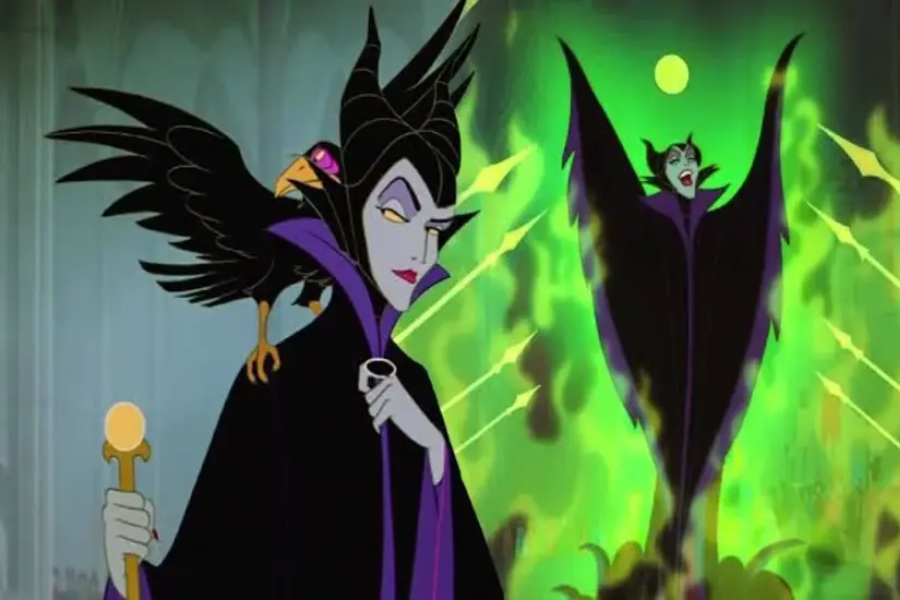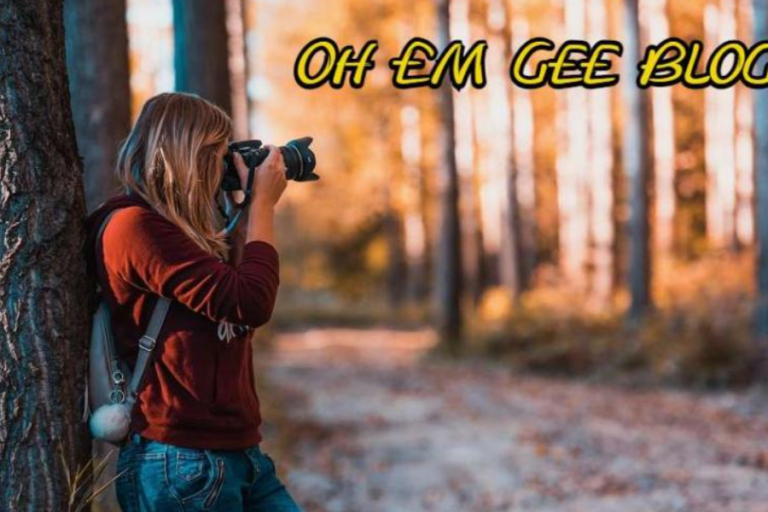Why maleficent wouldn’t be a lacky: A Character Analysis
Introduction: maleficent wouldn’t be a lacky
In the realm of Disney villains, few characters command as much presence and intrigue as Maleficent. Her formidable power and captivating demeanor have enchanted audiences for decades, establishing her as a standout figure within Disney’s extensive villain roster. Unlike many of her counterparts,maleficent wouldn’t be a lackyshe refuses to be a mere subordinate or follower. In a universe populated with characters who often serve secondary roles, Maleficent defies the conventional lackey archetype, asserting her independence and complexity.
This article delves into why maleficent wouldn’t be a lacky exploring her unique character traits, evolution, and the profound impact she has had on Disney’s portrayal of villains. By examining her journey from a one-dimensional antagonist to a multifaceted character, we uncover the layers that make Maleficent an iconic and autonomous figure in Disney’s narrative landscape.
Defining a Lackey
Before understanding why maleficent wouldn’t be a lacky it’s essential to define what a lackey represents in the context of Disney villains. A lackey is typically a subservient character who follows orders without question, acting as a loyal sidekick to a more powerful villain. These characters often carry out their master’s directives with little to no personal ambition or independent thought.
Classic examples of Disney lackeys include Mr. Smee from Peter Pan, who dutifully serves Captain Hook, and LeFou from Beauty and the Beast, Gaston’s eager yet bumbling follower. These characters highlight their master’s dominance but lack the depth and autonomy that characterize more complex antagonists.
In stark contrast, Maleficent stands apart. She is a powerful sorceress with her own motivations, ambitions, and agency. Her independence and strength make her far too formidable to be reduced to the role of a lackey, setting her apart from other villains who rely on secondary characters to bolster their schemes.
Maleficent’s Character Evolution
Maleficent’s character has undergone significant development over the years, transforming from a straightforward villain in the animated classic Sleeping Beauty to a deeply complex figure in Disney’s live-action adaptations.
The Original Maleficent
In the original 1959 Sleeping Beauty, Maleficent is portrayed as a powerful sorceress driven by vengeance. Her curse upon Princess Aurora stems from a slight—she was not invited to the christening, and her actions are fueled by a desire for retribution. While her presence is undeniably commanding, her motivations are relatively one-dimensional, focused solely on revenge.
The Live-Action Transformation
The 2014 live-action film Maleficent revolutionized her character by providing a rich backstory that adds depth and nuance. Here, Maleficent is depicted as a benevolent fairy who becomes bitter after experiencing betrayal at the hands of King Stefan, who steals her wings. This betrayal transforms her into a more sympathetic figure, her actions now rooted in a complex mix of pain, betrayal, and a quest for justice.
This evolution allows audiences to empathize with Maleficent, viewing her not just as a villain but as a tragic figure whose noble intentions have been corrupted by circumstances beyond her control. This layered portrayal defies the simplistic villain archetype, showcasing her as a character with agency, emotions, and a desire for redemption.
Analysis of Maleficent’s Motivations
One of the primary reasonsmaleficent wouldn’t be a lacky is her strong personal motivations. Unlike lackeys, who act solely based on their superior’s commands, Maleficent’s actions are driven by her own desires for empowerment, revenge, and ultimately, redemption.
Empowerment and Justice
In the live-action portrayal, Maleficent’s initial motivation is revenge against King Stefan for his treacherous act. However, as the story progresses, her motivations evolve. She seeks not just vengeance but also a sense of empowerment and control over her own destiny. Her curse on Aurora is an expression of her pain and a means to regain her lost power.
Redemption and Transformation
As Maleficent’s character develops, her motivations shift towards redemption. Witnessing Aurora’s purity and kindness, she begins to regret her actions and strives to protect the princess. This transformation underscores her complexity, highlighting her capacity for change and her longing to mend the broken bonds caused by betrayal.
Impact on Disney’s Villain Archetypes
Maleficent’s transformation has had a significant impact on how Disney portrays its villains. Her evolution from a one-dimensional antagonist to a multifaceted character reflects a broader shift in storytelling, where villains are given more depth, backstory, and motivations beyond mere evil.
Redefining the Villain
Maleficent’s character challenges the traditional binary of good versus evil by introducing shades of gray. Her backstory and personal struggles make her a more relatable and sympathetic figure, breaking away from the archetype of the purely malevolent antagonist. This nuanced portrayal encourages audiences to see beyond her villainous actions and understand the underlying reasons for her behavior.
Influencing Future Villains
Maleficent’s success has paved the way for more complex and relatable villains in Disney’s future projects. Characters like Elsa from Frozen and Dr. Facilier from The Princess and the Frog also embody this trend, where their antagonistic roles are intertwined with personal struggles and emotional depth. This shift enhances the storytelling, making conflicts more engaging and characters more memorable.
The Reception and Future of Maleficent
Audience Reception
When the live-action Maleficent debuted in 2014, it received mixed reviews. While some praised the film for its fresh take and the added depth to Maleficent’s character, others felt it strayed too far from the original story. Nevertheless, the film was a box-office success, demonstrating the audience’s appreciation for a more complex villain.
Continued Popularity
The success of the first film led to the release of a sequel, Maleficent: Mistress of Evil in 2019, which further explores her character and the dynamics of her relationships. The continued interest in Maleficent suggests that Disney may continue to develop her character through additional films, television series, or other media, maintaining her status as a significant figure in Disney’s villain universe.
Future Prospects
Looking ahead, Maleficent is poised to remain an influential character within Disney’s repertoire. Her rich backstory and the themes of betrayal, redemption, and empowerment offer endless possibilities for future storytelling. Whether through new adventures or deeper explorations of her past, Maleficent’s character will likely continue to evolve, captivating audiences with her complexity and strength.
Conclusion
maleficent wouldn’t be a lackyy due to her profound independence, complex motivations, and significant character evolution. From her origins as a vengeful sorceress in Sleeping Beauty to her redefined role in the live-action films, Maleficent has transcended the traditional villain archetype. Her journey reflects themes of betrayal, empowerment, and redemption, making her a multidimensional character who commands her own destiny.
Her refusal to be a mere subordinate or follower underscores her strength and autonomy, setting her apart from other Disney villains who often rely on lackeys to execute their plans. Maleficent’s enduring popularity and the critical acclaim of her character development highlight the importance of depth and nuance in storytelling. As Disney continues to explore and expand her narrative, Maleficent remains a testament to the power of well-crafted antagonists who resonate with audiences on multiple levels.
Maleficent’s legacy in the Disney universe is a reminder that true villains are not defined solely by their actions but also by their motivations, struggles, and capacity for change. Her character embodies the essence of a true antagonist—one who is both fearsome and relatable, powerful yet vulnerable, and ultimately, a figure of enduring fascination and admiration.
Frequently Asked Questions
1. Why doesn’t maleficent wouldn’t be a lacky?
Maleficent is driven by personal empowerment and justice, making her decisions independent and not reliant on following others’ orders.
2. How has Maleficent changed in Disney’s live-action films?
Maleficent evolves from a traditional villain to a character with complex motivations, driven by betrayal and seeking redemption.
3. What is the significance of Maleficent’s character arc?
Her transformation highlights themes of redemption and personal agency, setting her apart from typical villain roles.
4. How has Maleficent influenced other Disney villains?
Maleficent’s portrayal has paved the way for more complex and nuanced Disney villains, such as Elsa from Frozen and Dr. Facilier from The Princess and the Frog.
5. What themes are explored in Maleficent’s story?
Key themes include empowerment, redemption, and the complexity of good versus evil, making her character resonate with modern audiences.






